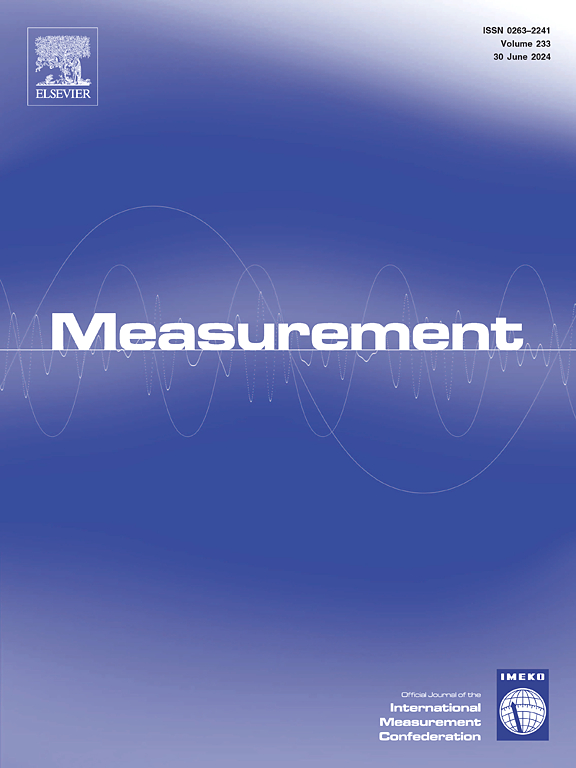A new dual-filter tightly coupled model for pseudolite augmented GNSS real-time PPP
IF 5.6
2区 工程技术
Q1 ENGINEERING, MULTIDISCIPLINARY
引用次数: 0
Abstract
The long convergence time is a key factor that hinders the wide application of Global Navigation Satellite System (GNSS) Precise Point Positioning (PPP). Due to the close distance of the pseudolite (PL) from the receiver, the moving receiver can produce rapid spatial geometric variations, which is beneficial to the fast convergence of the parameters. Therefore, this advantage of the pseudolite system (PLS) can be utilized to augment GNSS PPP for fast convergence. However, PLS may have limited coverage, which usually means a short augmentation time. Therefore, it is vital to make the GNSS PPP parameters (especially the GNSS ambiguity parameters) converge quickly. Thus, the potential of PLS should be exploited as much as possible, as well as the gain from PLS should be effectively utilized. In order to fully and reliably utilize the gain of ambiguity-fixed PLS solutions, we have proposed a dual-filter tightly coupled (DF-TC) model. The contributions of the PLS to GNSS have been theoretically analyzed under DF-TC, tightly coupled (TC), and semi-tightly coupled (STC) models. The experiments have demonstrated that all these coupled models can achieve good augmentation performance when the augmentation time is long enough. However, in the case of short-time augmentation, better augmentation performance can be achieved by utilizing the ambiguity-fixed PLS solutions. Among them, the DF-TC model shows the best augmentation performance, which can significantly reduce the augmentation time required by GNSS PPP, which means that the PLS coverage can be smaller, and the use of PLS can be more flexible and convenient. In addition, a short-time PLS augmentation can also lead to a significant improvement in the GNSS ambiguity fixing rate.
伪卫星增强GNSS实时PPP的双滤波器紧耦合新模型
收敛时间过长是阻碍全球卫星导航系统(GNSS)精确点定位(PPP)广泛应用的关键因素。由于伪卫星与接收机的距离较近,移动的接收机可以产生快速的空间几何变化,这有利于参数的快速收敛。因此,伪卫星系统(PLS)的这一优势可用于增强GNSS PPP以实现快速收敛。然而,PLS可能具有有限的覆盖范围,这通常意味着较短的增强时间。因此,使GNSS PPP参数(特别是GNSS模糊度参数)快速收敛至关重要。因此,应尽可能发挥PLS的潜力,并有效利用PLS的收益。为了充分和可靠地利用模糊固定PLS解决方案的增益,我们提出了一个双滤波器紧耦合(DF-TC)模型。在DF-TC、紧耦合(TC)和半紧耦合(STC)模型下,对PLS对GNSS的贡献进行了理论分析。实验表明,当增强时间足够长时,这些耦合模型都能获得良好的增强性能。然而,在短时增强的情况下,利用模糊固定PLS解决方案可以实现更好的增强性能。其中DF-TC模型增强性能最好,可以显著减少GNSS PPP所需的增强时间,这意味着PLS覆盖范围可以更小,使用PLS更加灵活方便。此外,短时PLS增强也能显著提高GNSS的歧义定位率。
本文章由计算机程序翻译,如有差异,请以英文原文为准。
求助全文
约1分钟内获得全文
求助全文
来源期刊

Measurement
工程技术-工程:综合
CiteScore
10.20
自引率
12.50%
发文量
1589
审稿时长
12.1 months
期刊介绍:
Contributions are invited on novel achievements in all fields of measurement and instrumentation science and technology. Authors are encouraged to submit novel material, whose ultimate goal is an advancement in the state of the art of: measurement and metrology fundamentals, sensors, measurement instruments, measurement and estimation techniques, measurement data processing and fusion algorithms, evaluation procedures and methodologies for plants and industrial processes, performance analysis of systems, processes and algorithms, mathematical models for measurement-oriented purposes, distributed measurement systems in a connected world.
 求助内容:
求助内容: 应助结果提醒方式:
应助结果提醒方式:


